Humans
-
 Computing
ComputingComputers mine online reviews for signs of food poisoning
Health officials are getting help in identifying restaurant goers who got food poisoning by teaching computers to scout social-media posts for signs of illness.
-
 Psychology
PsychologyAnalyze This: The power in being understanding of your flaws
Expecting nothing but perfection from yourself can lead to depression. Forgiving yourself after mistakes can lower your risk of feeling bad, a new study finds.
-
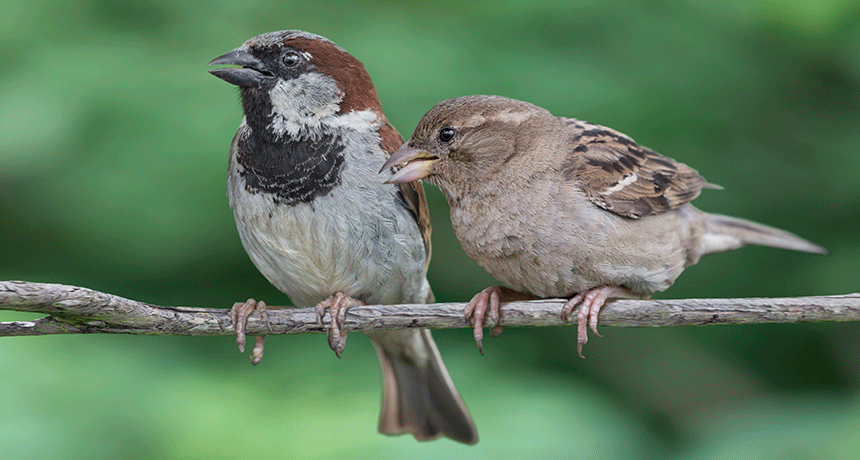 Environment
EnvironmentLight at night lengthens how long birds can spread West Nile virus
Light at night prolongs the time it takes these birds to knock out a West Nile infection. Mosquitoes that bite them during this time can pick up and spread their virus to others — even people.
By Susan Milius -
 Animals
AnimalsCompared to other primates, humans get little sleep
Short bouts of a sleep, called REM, separate humans from other primates, scientists find. Sleeping on the ground may have a lot to do with it.
By Bruce Bower -
 Health & Medicine
Health & MedicineScientists Say: Lactose
You might not think of dairy products having sugar, but they do. Milk is rich in a sugar called lactose.
-
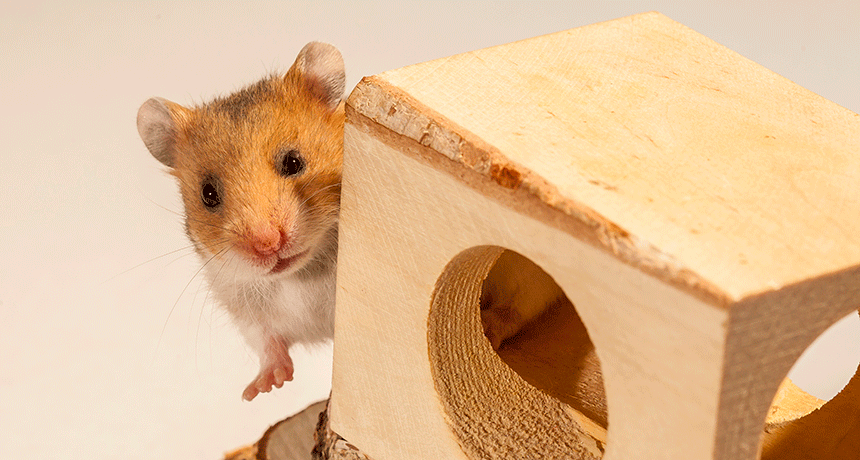 Psychology
PsychologyBullying alters ‘bugs’ in the gut, hamster data show
A new study found that the microbes in a hamster’s gut changed in response to social stress.
-
 Health & Medicine
Health & MedicineFinding and helping teens for whom sadness is a disease
Adolescents should soon be screened for depression at their yearly check-up with their doctor.
-
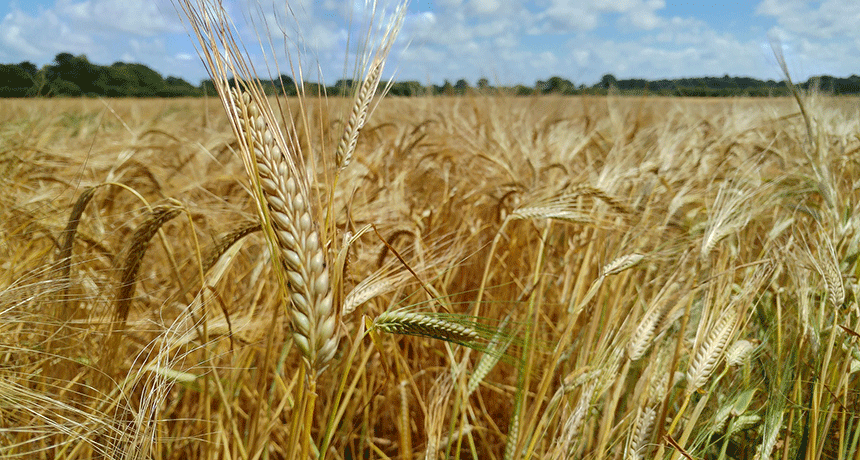 Climate
ClimateAnalyze This: Climate change could make food less healthy
Levels of important nutrients are lower in crops exposed to high levels of carbon dioxide, a greenhouse gas. How high? Try levels expected to be typical 30 years from now.
-
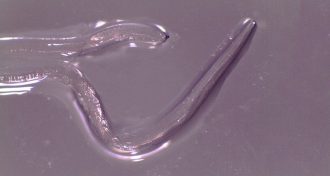 Health & Medicine
Health & MedicineWoman’s eye hosts more than a dozen cattle eyeworms
Oregon woman is the first human known to become infected with a cattle eyeworm known as Thelazia gulosa.
-
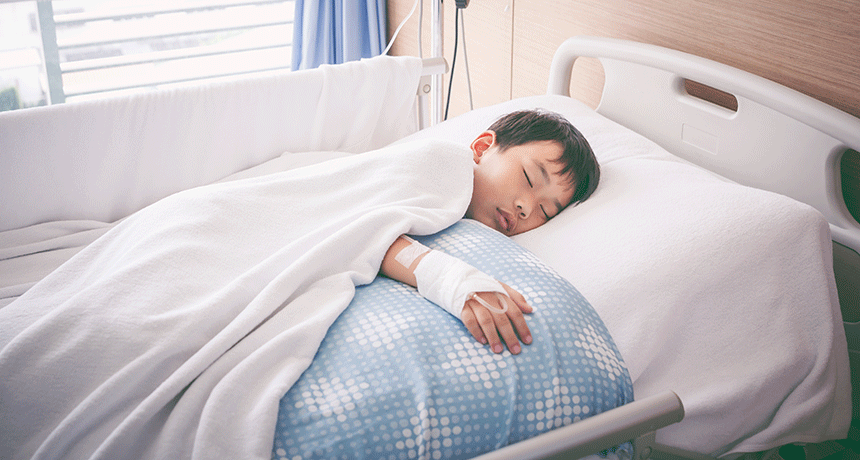 Health & Medicine
Health & MedicineSleep helps wounds heal faster
Getting enough sleep may be more important for helping wounds heal than getting good nutrition, a new study finds.
By Ilima Loomis -
 Health & Medicine
Health & MedicineE-cigarettes don’t need nicotine to be toxic
E-cigarettes without nicotine can still be toxic. New studies find the flavorings in e-cigarettes can harm cells of the human immune system.
-
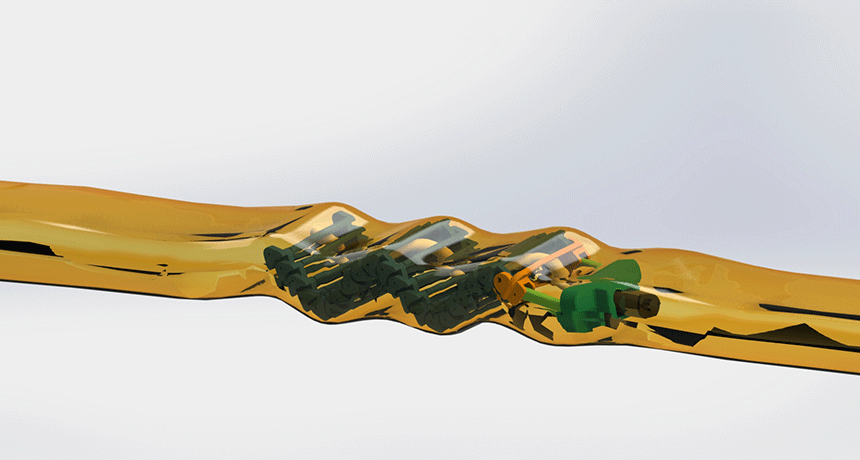 Tech
TechRobots may soon actively crawl through your gut
Doctors are working with engineers to develop robotic tools that can crawl through the body to deliver medicine or scout for signs of disease.
By Eric Niiler